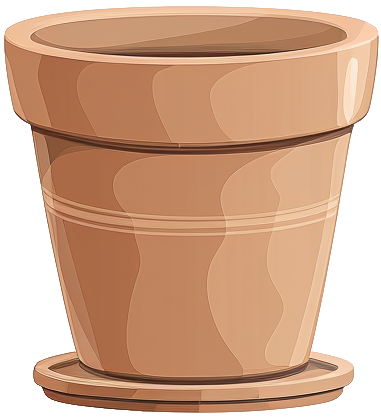- nepenthes
- northiana

nepenthes
northiana
northiana
Care level
Difficult
This plant is easily recognized by its very large lower pitchers, which often display a pale green or yellow color marked with distinctive red or purple speckles. A prominent characteristic is the wide, flared rim surrounding the pitcher opening, which has noticeable ribs and is typically striped with contrasting colors.
Care & maintenance
Light
Bright light, usually located near windows but doesn't receive direct rays for more than an hour during the day.
Temperature
Warm (20°C - 32°C)
Fertilization frequency
Low
Once per season.
Soil
Choose a Carnivorous plant mix: A nutrient-poor, acidic mix that mimics bog conditions. Provides excellent moisture retention while maintaining necessary aeration for sensitive roots.
If you want to create your own substrate, you can make a mixture of the following soils:




Click on the soil name for more information.
Pot

Standard size
Prefer a pot with a classic width/depth ratio.
Incorrect or incomplete information?
In our goal of building the best plant database, we sometimes make mistakes or have incomplete information. You can help us fill these gaps!
Features
Size & growth
Large
Climbing
Moderate growth
This plant grows at a moderate rate. It can reach 90 to 180 cm in height or spread.
It grows upwards by attaching to supports or winding around them.
Toxicity
| Cat | |||
|---|---|---|---|
| Dog | |||
| Human |
Reproduction & propagation
Fruits & flowers
Flowering & not self-pollinating
The nepenthes northiana can produce flowers and therefore fruits.
This plant is not capable of self-pollination, it will not be able to produce fruits if it is not pollinated by another individual.

